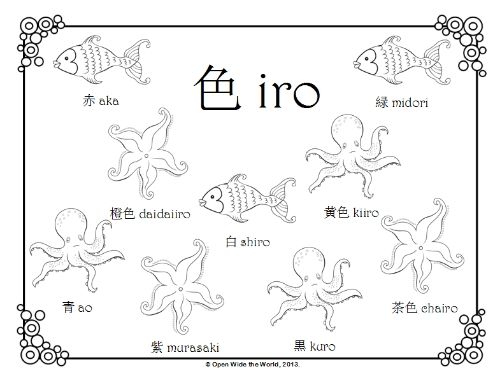Despite already being back home for several weeks, we're only now finding the time to go through all the digital thumbnails of our Europe pictures. (At 900+, it is a daunting task!) In doing so, I was reminded of a funny statue we stumbled upon in Heidelberg, Germany.
Remember when we were discussing
good luck superstitions from around the world, and all the -ahem- "body parts" of various statues that get rubbed for good luck? Well, upon arriving in Heidelberg, unpacking our bags, and looking out our window onto the Neckar River, we found hordes of tourists surrounding a strange looking statue. And they appeared to be somehow getting inside of it. What on earth was this thing? And why was everyone so fascinated by it?
We eventually learned that our beloved neighborhood brass icon is "der Brückenaff," or "the bridge ape." It is said that those who rub his outstretched fingers will return to Heidelberg, touching his mirror brings wealth, and touching the nearby brass mice ensures many offspring.
 |
| der Brückenaff on the Neckar River, Heidelberg, Germany |
As best as I can recall from our walking tour of the city (we're crazy for walking tours, btw!), there has always been a monkey on the bridge in this location, although not
this monkey or this present-day bridge. (The bridge has been rebuilt 9 times after loss to various floods over the centuries.) The original Brückenaff was placed and oriented to make a political statement, a sort of middle finger to... someone... if only I could remember to whom.
Today's monkey continues to make a statement to the world. A placard next to him says, something like, "Why are you looking at me? Haven't you seen the monkey in Heidelberg?
Look around and you will probably see - more monkeys like me!" Another popular translation is less literal, but perhaps more accurate in intended meaning: "As you look at me, don't laugh too quickly because if you were to look at humanity, or even into a mirror, you might see something as funny as I am."
Well said, der Brückenaff. Well said.
Now when can I cash in on my finger rub?
Have you run into any funny statue superstitions in your travels?
I'd love to hear them!










